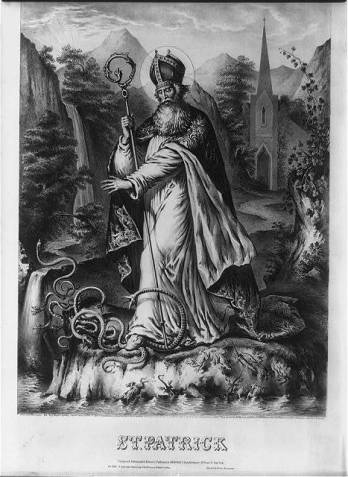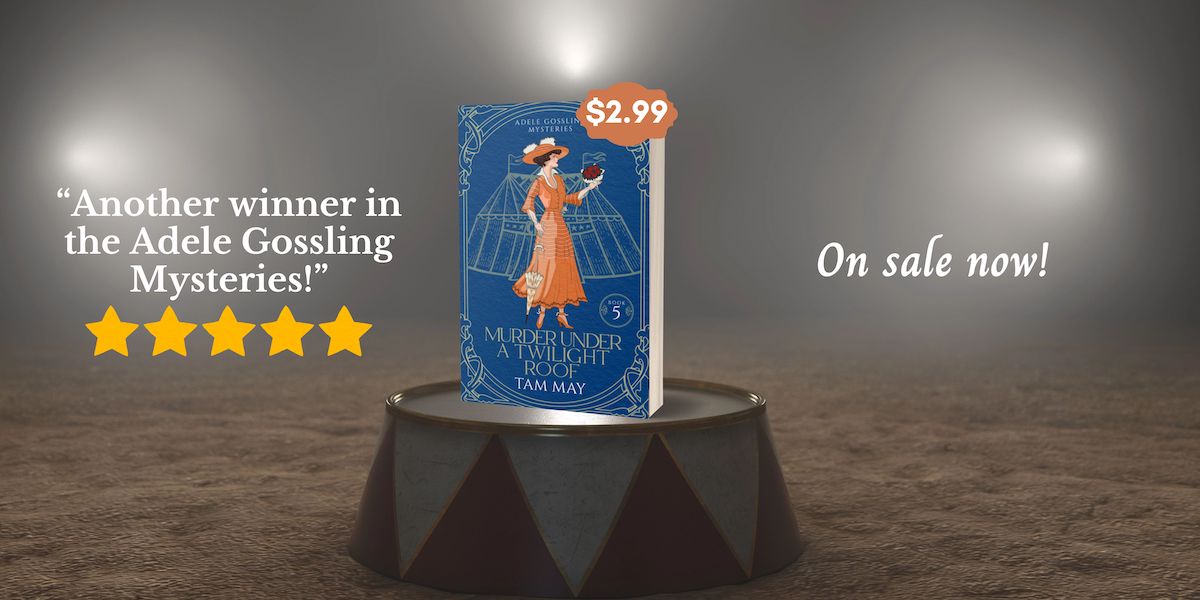Happy Saint Patrick’s Day! This is a holiday many of us in America, Irish and non-Irish, enjoy. There is lots of celebration on this day with everything Irish, including hanging out in an Irish pub, wearing green, and enjoying amazing Irish tunes (which I love).
But Saint Patrick’s Day actually has much more somber origins. The story of Saint Patrick, the saint after which the day was named, is an interesting and somewhat controversial one. As a historical figure, Saint Patrick was, in his lifetime — well, not as saintly as his name suggests.
We imagine saints as ethereal, pure characters. But from what we know about Saint Patrick, he had his faults. We know he lived in the fifth century and, in fact, wasn’t actually Irish. He was British, born in a time when Britain was under Roman rule. We also know as a teenager he went through a pretty traumatic experience. He was kidnapped by Irish raiders and enslaved. From here, the history gets a little muddy. Some sources say he was released or escaped, went back to Roman Britain, and became a priest, then decided to go back to Ireland to try and bring the Christian faith to the Irish who practiced a pagan religion at the time. Others say he never left Ireland, working as a shepherd there, and found Christianity during this difficult time and then became a priest as a result.

Photo Credit: Drawing of Saint Patrick driving the snakes out of Ireland (see note above), 1872, artist unknown, Library of Congress: Picryl/Public domain
As a holy man, he was not exactly what one would call patient. He had a reputation for being intolerant of other people’s beliefs. He was also rumored to have a violent temper, something we would never associate with a saint. Because of his traumatic experiences, he never received the proper schooling, and he was pretty touchy about this. The last thing we might envision a saint to be is lacking self-esteem, but it seems Saint Patrick was just that.
However grounded in religion, Saint Patrick’s Day become something entirely different at the turn of the 20th century. In America, it became a holiday that allowed for the large Irish immigrant population (who suffered a lot of prejudice, especially in the big cities) to celebrate their roots and rejoice in their ethnicity. That perspective on the holiday has usurped the religious one so we can be happy and celebrate rich Irish traditions today.
Celebration is what the fifth book in my Adele Gossling Mysteries is all about! The town of Arrojo is celebrating the coming of the circus, which was a rare and joyous event in early 20th-century life. But amid laughter and fun, there is also murder. You’ll be able to read all about that when the book comes out next month, but you can snag your copy now at a special preorder price. Details about Murder Under a Twilight Roof along with links to your favorite booksellers are here.
If you love fun, engaging mysteries set in the past, you’ll enjoy The Missing Ruby Necklace! It’s available exclusively to newsletter subscribers here. By signing up, you’ll also get news about upcoming releases, fun facts about women’s history, classic true-crime tidbits, and more!

